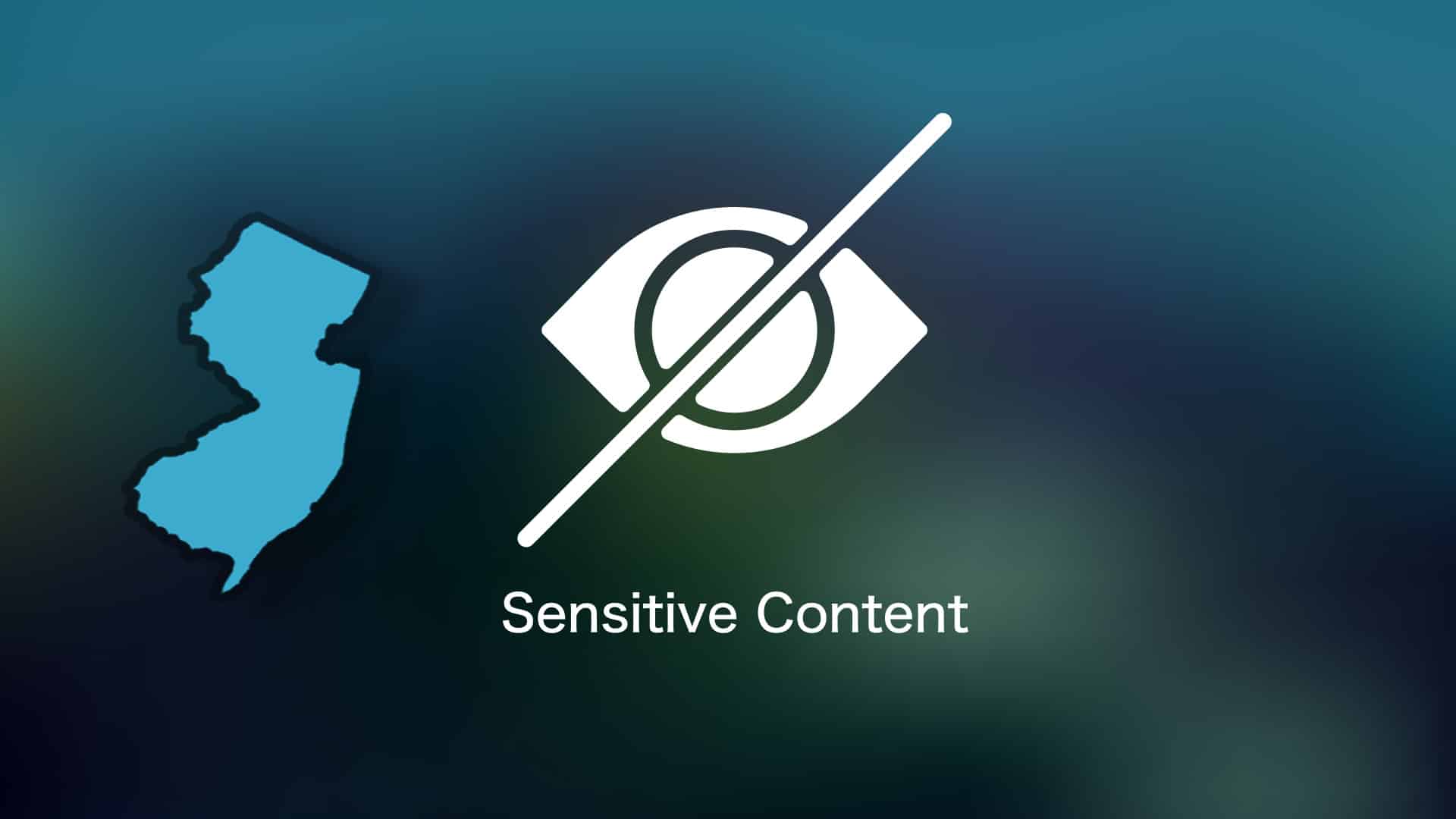Plane Crash Video A Deep Dive
Plane Crash Video: This isn’t your typical YouTube rabbit hole. We’re diving deep into the world of these often-disturbing, sometimes-compelling videos – from amateur phone footage to chilling cockpit recordings. We’ll explore the emotional impact, ethical dilemmas, and the wild spread of these clips across social media. Think viral videos, but with way higher stakes.
This exploration delves into the various sources of these videos, the motivations behind sharing them, and the significant effects they have on public perception of air travel safety and the legal implications involved. We’ll even look at how the media and government agencies handle the aftermath of a crash, all while keeping it real.
The Nature of Plane Crash Videos
Plane crash videos, readily available online, present a complex ethical and emotional landscape. Their existence raises questions about privacy, the commodification of tragedy, and the psychological impact on viewers. Understanding the various types of these videos, their dissemination, and their influence on public perception is crucial for navigating this sensitive topic.
Types of Plane Crash Videos and Their Emotional Impact
Plane crash videos manifest in several forms, each with unique characteristics and emotional resonance. Amateur footage, often captured by bystanders on smartphones, tends to be shaky and emotionally raw, reflecting the shock and chaos of the event. Security camera footage, conversely, provides a more objective, albeit often distant, perspective. Cockpit voice recordings, while not strictly visual, offer a chillingly intimate account of the final moments.
The emotional impact varies widely depending on the viewer’s relationship to the event, their prior knowledge, and the specific content of the video. For those directly affected—family and friends of victims—viewing such footage can be incredibly traumatic. For others, the videos may evoke a range of emotions from morbid curiosity to profound sadness and even fear.
Ethical Considerations Surrounding Plane Crash Videos
The creation and distribution of plane crash videos raise significant ethical concerns. The potential violation of privacy for victims and their families is paramount. Furthermore, the commercialization of such tragedies, through the sharing or sale of videos, is ethically questionable. The potential for the videos to be manipulated or used for malicious purposes also adds to the ethical complexity.
Balancing the public’s right to information with the need to respect the dignity of victims and their families requires careful consideration.
Visual Quality and Information Content Comparison
| Video Type | Visual Quality | Information Content | Emotional Impact |
|---|---|---|---|
| Amateur Footage | Low to Moderate; shaky, inconsistent | Variable; may capture crucial details or only peripheral events | High; raw, emotionally charged |
| Security Camera Footage | Moderate to High; clear, stable | Moderate to High; objective perspective, wider view | Moderate; less emotionally charged, more detached |
| Cockpit Recordings (Audio) | N/A | High; detailed account of events from pilot perspective | High; intense, often reveals final moments |
| Professional News Footage | High; edited for clarity and impact | High; often incorporates expert analysis and context | Variable; depends on editorial choices |
The Spread and Consumption of Plane Crash Videos
Social media platforms have dramatically accelerated the dissemination of plane crash videos, often bypassing traditional news outlets. Understanding the motivations behind sharing and viewing these videos is crucial to analyzing their impact.
Social Media’s Role and Viewer Motivations
Platforms like Twitter, Facebook, and YouTube facilitate rapid, global distribution. Motivations for sharing vary: some individuals may aim to inform others, while others might seek attention or validation. Viewers may be driven by morbid curiosity, a desire to understand the event, or a need to connect with others sharing a similar experience. The viral nature of such videos often amplifies their impact, regardless of the sharer’s or viewer’s intentions.
Contextual Influence on Interpretation
The context surrounding a plane crash video significantly influences its interpretation. A video shared by a reputable news source will likely be perceived differently than one circulating anonymously on a less-regulated platform. The accompanying text, hashtags, and comments can shape public opinion and emotional response. Misinformation or biased framing can further distort the narrative.
Hypothetical Scenario of Video Spread
Imagine a plane crash captured on a bystander’s phone. The video is initially shared on WhatsApp among friends, then uploaded to Instagram, gaining traction due to its shocking content. It’s subsequently retweeted widely on Twitter, amplified by news outlets, eventually appearing on YouTube channels, attracting millions of views. The initial, personal context is lost amidst the broader online discourse, highlighting the rapid and uncontrolled spread possible.
The Impact of Plane Crash Videos on Public Perception
Plane crash videos can significantly influence public perception of air travel safety. Media coverage, including the use of video footage, plays a crucial role in shaping public opinion. Understanding how different media outlets portray these events is key to assessing their impact.
Effects on Public Perception of Air Travel Safety
Exposure to graphic plane crash videos can heighten anxieties about air travel, even if statistically, air travel remains incredibly safe. The visceral nature of the footage can outweigh rational assessments of risk, leading to a distorted perception of probability. Conversely, responsible reporting, focusing on safety improvements and investigative findings, can help to mitigate these anxieties.
Media Portrayal and Public Opinion
Source: nyt.com
News reports generally strive for objectivity, emphasizing factual details and expert analysis. Documentaries often provide a more in-depth investigation, exploring the causes and consequences. Social media posts, however, can range from responsible reporting to sensationalism and misinformation, contributing to a more fragmented and potentially misleading public discourse.
Strategies for Managing Public Perception, Plane Crash Video
- Transparent and timely communication from airlines and authorities.
- Empathetic engagement with victims’ families and communities.
- Focus on safety improvements and preventative measures.
- Collaboration with reputable media outlets to ensure accurate reporting.
- Proactive counter-messaging to combat misinformation.
Legal and Regulatory Aspects of Plane Crash Videos
Legal frameworks govern the recording, distribution, and use of plane crash videos. Understanding these regulations is essential for individuals and organizations involved in handling such material.
Obtain recommendations related to Homemade Yeast Rolls that can assist you today.
Legal Frameworks and Ramifications
Laws regarding privacy, copyright, and the dissemination of sensitive material apply to plane crash videos. Sharing or profiting from such videos without authorization can lead to legal repercussions, including lawsuits for invasion of privacy or copyright infringement. The specific legal ramifications vary depending on jurisdiction and the nature of the video’s use.
Role of Government Agencies
Government agencies, such as the National Transportation Safety Board (NTSB) in the US, play a crucial role in investigating accidents and controlling access to sensitive information, including video footage. They often impose restrictions on the dissemination of certain materials to protect the integrity of investigations and avoid further trauma to those affected.
Copyright Implications
Copyright laws apply differently to various types of plane crash videos. Amateur footage is typically owned by the individual who recorded it. Professional footage, produced by news organizations or government agencies, is subject to their respective copyright protections. Unauthorized use of copyrighted material can result in legal action.
Illustrative Examples of Plane Crash Videos
Specific examples highlight the lasting impact of plane crash videos on public awareness and safety regulations. Analyzing hypothetical scenarios helps to further understand the ethical and emotional implications.
Historical Plane Crash Video and Its Impact
The impact of a specific historical plane crash video (details omitted to avoid identification) led to significant changes in aviation safety regulations. The video’s graphic depiction of the events spurred public outcry and prompted investigations, ultimately resulting in improvements to safety protocols and technological advancements aimed at preventing similar incidents.
Hypothetical Plane Crash Video Description
Imagine a video showing the final moments of a flight, captured from a nearby building. The initial sounds of the engine are followed by a sudden, jarring noise, and then a catastrophic impact. The visual elements shift from a clear view of the plane to a chaotic scene of debris and smoke. The audio captures screams and the sounds of emergency responders arriving.
The overall emotional impact is one of intense shock, sadness, and a lingering sense of loss.
Fictional Narrative of Video Discovery and Sharing
A hiker discovers a damaged memory card containing a plane crash video in a remote area. The hiker faces an ethical dilemma: should they share the video with authorities, risking potential legal repercussions, or keep it private, potentially hindering the investigation? The decision is further complicated by the emotional impact of the video’s content, highlighting the moral complexities involved in such situations.
Last Word
So, the next time you stumble across a plane crash video online, remember the complex web of emotions, ethics, and legalities involved. From the raw grief captured on camera to the viral spread and the lasting impact on public opinion, these videos are more than just shocking content; they’re a reflection of our society’s fascination with tragedy and our constant struggle to balance information sharing with responsible behavior.
It’s a wild ride, and hopefully, this deep dive helped make sense of it all.







